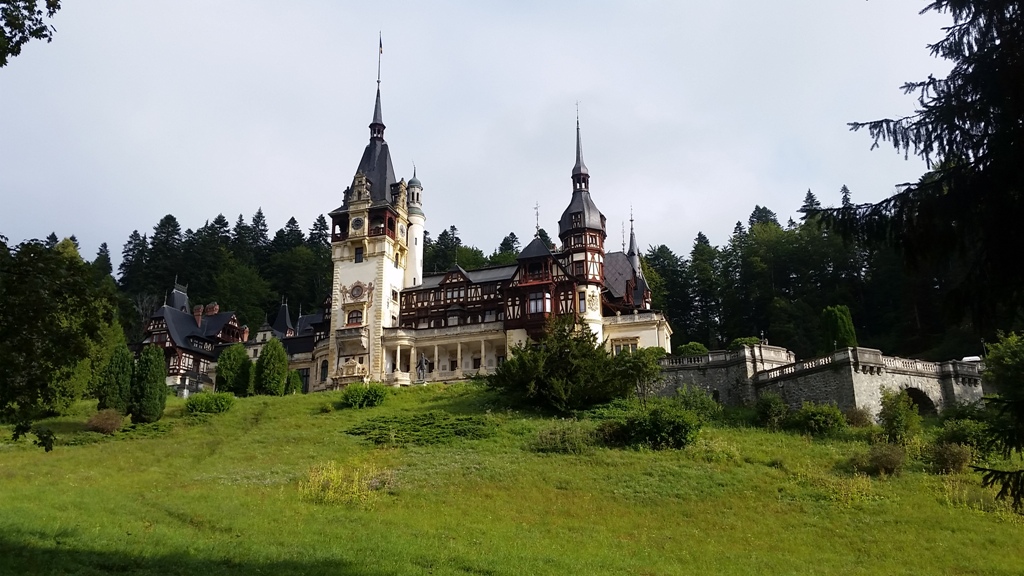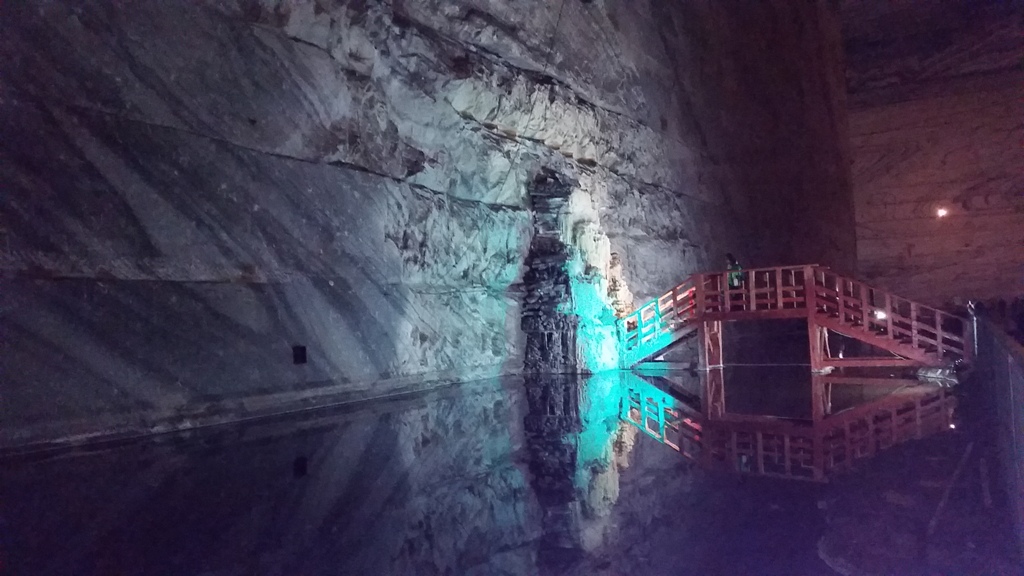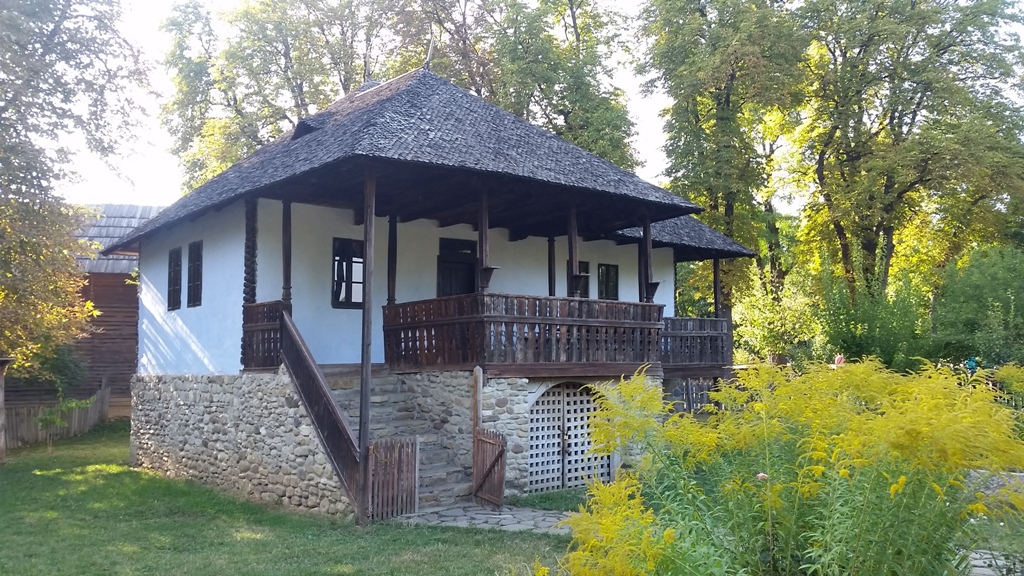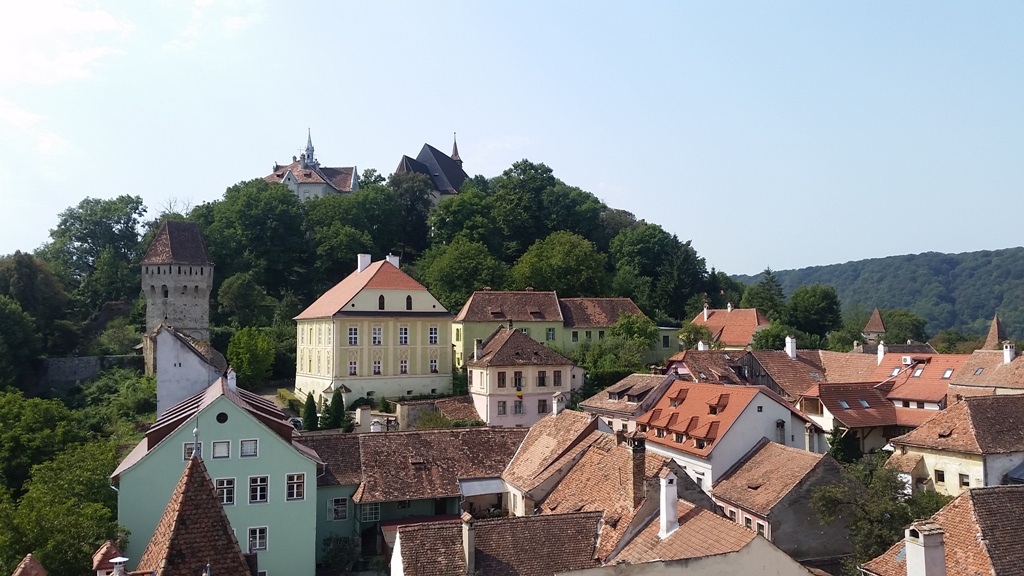The second part of our vacation continued in Sinaia with tours and exploring their history
In 1690 people started to build monastery Sinaia to honour the first monastery of St. Katherine on the Sinai Peninsula. A small city began to grow around the monastery. King Carol I of
Romania bought the land around Romania and wanted to build a summer residence for the whole family. In August 1873 they laid foundation for Peles Castle. Many architects were involved in the process of building this castle. They created an amazing structure, which is connected many different styles. The first opening of the king’s residence was held on 7th of October 1883. After Carol I passed away, the throne belonged to his nephew Ferdinand I who continued to beautify the residence of Romanian kings.
Peles Castle is one of the first electrified castles in Europe. It also had many technical innovations and novelties of 20th century, like an elevator and a cinema. Ferdinand I also listened to his uncle’s wishes and opened a museum in Peles Castle in 1914. Some rooms were still only available to the king’s family. It was a lucky coincidence that the castle wasn’t damaged during first or second world war or in time of communism. In 1948, after king Michael’s forced abdication, the castle was nationalised. In 1953 the castle was part of the National museum of Romania but was closed for public in 1975 because of catastrophic circumstances. After the long renovation, the castle was reopened in 1993. In 2007 the national authorities made an agreement with the royalty and the castle was returned to the legal owner Michael I. The castle is daily visited by 3000 to 4000 visitors.
After we visited the castle and the monastery, we drove to the cute village Bran and saw the third most important building in Romania (after the parliament and the Peles Castle) – Bran Castle. It’s a castle where count Dracula spent a part of his life. Vlad the Impaler or count Dracula as we know him, was imprisoned here in 1462. The castle wasn’t built by Vlad the Impaler, prince of Wallachia, who was marked by Bram Stoker as a vampire. It was build by the citizens of Brasov for defence against the Turks. The castle does not look intimidating at all – it is located above the village with a park underneath with lakes and amazing views at the castle. The inside of the castle is simple and the tour really takes you around the whole castle.
We also walked around the city of Brasov, with a German name Kronstadt. We visited the oldest Romanian school with its beginnings in 1495 and a museum with the oldest printed books. The first Romanian book was printed in Cyrillic alphabet and it has its roots in this city. The heart of the city is Piata Sfatului, the main square with wonderful baroque facades and the town house with its tower, which is 58 metres high. Nearby is also Biserica Negra or black church, which is still in use by German Protestants.
We didn’t have time to explore Sinaia, but we got a glimpse of the city at night when we walked around – the city was lively in local pubs and restaurants and calm on the streets.
It was time to move on to another city and have a tourist day. We stopped in town Slanic Prahova, where we drove 200 metres below the ground to discover the “salt city”. The salt mine Slanic Prahova was rebuilt into mighty halls where every centimetre is devoted to relaxation, to fossil and salt sculptures exhibition, to children playground, shopping stalls, to the shrine... They still mine salt in the mine, which is used for industrial purposes.
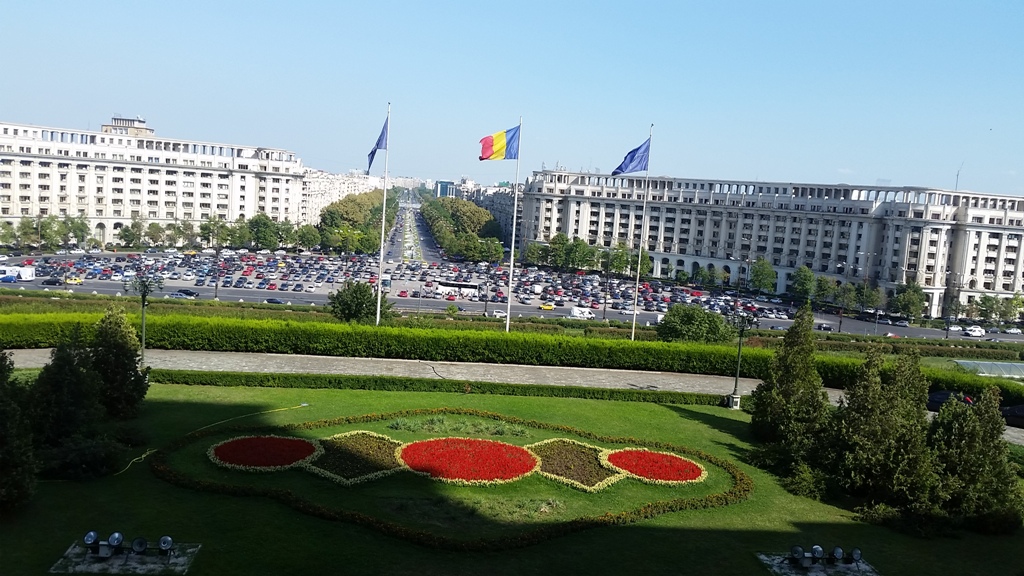
After leaving the town we only had about 100 kilometres to the capital of Romania – Bucharest. We decided to see the parliament building and the park, which represents Romania. The Romanian parliament is the second biggest building in the world, following the American Pentagon. House of people and former palace of their dictator Ceausescu was built between 1983 and 1989 and is still unfinished. It has 1000 rooms, 12 stories above and 12 stories below the ground. All the materials used are exclusively of Romanian origin (marble, glass, wood, paintings, carpets). There are four entrances leading into the palace: one for the president, one for the senators, one for the visitors and one for the employees. We only saw about 3% of the palace but it truly takes your breath away with every step. I really loved the view from the balcony on the 5-kilometre long boulevard, which is a copy of the Parisian boulevard, with the arch of triumph at the end.
After visiting the mighty palace we visited an open air museum – Muzeul National al Satului “Dimitrie Gusti” where you’re able to see the Romanian architecture of old houses through the history. It’s a wonderful place in the middle of a two-million cities, which takes you to history.
It was easy for me to decide whether to visit the highest Romanian mountain or see Transfagarasan mountain pass, which is the highest asphalt road from the 70’s. I wanted to climb to Moldoveanu, 2544 metres high mountain and I also made plans to go to Transfagarasan on a bike. We started our climb from town Vistisoara, which is nearby town Victoria. We walked through the gorge to bivouac and continued our way to pass Porita Vistei and continued a little bit further on the ridge. The highest peak was full of people, there were a lot of young hikers. We descended on the same road and safely returned to our starting point. We were truly happy that we managed to climb on the highest Romanian mountain.
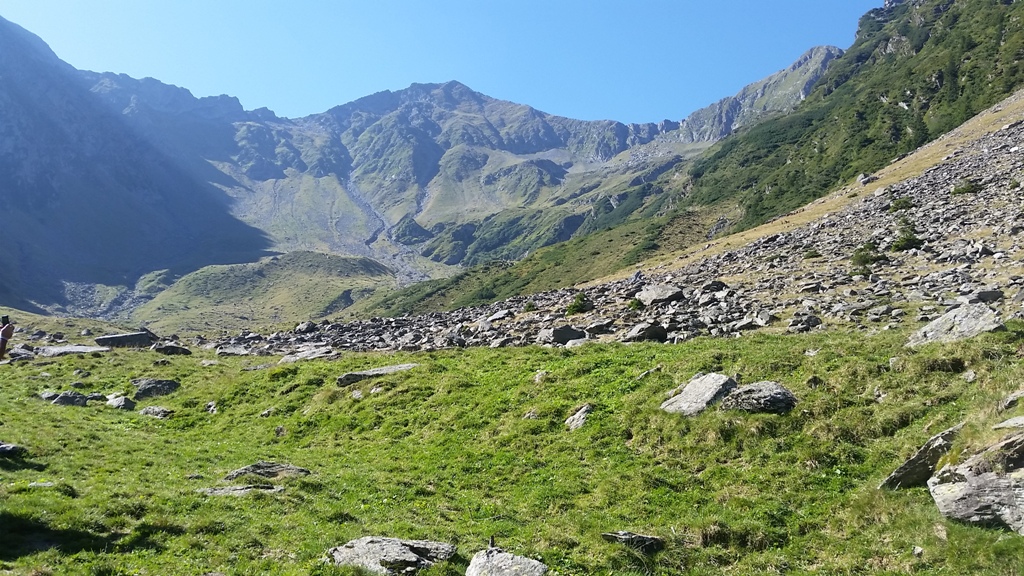
Our hiking part of our travel ended with this climb. On the last day in Romania we stopped in Sighisoara and in Cluj-Napoca. Sighisoara is one of the most beautiful Romanian cities and is run by tourism. It has a beautiful citadel, which is surrounded by old city centre. Neat streets are inviting you to explore them. In this city is also the birth house of count Dracula but sadly there are only two rooms devoted to him, the rest of the house is a restaurant. I really like a good view so I climbed to the clock tower and the city revealed to me in the whole other perspective. It was amazing. There’s a city museum in the tower, which reveals us the history of the city. Then you climb 175 stairs on the school staircase from 1642, which leads you above the citadel to the church. The city is also protected by Unesco.
We stopped in the second biggest Romanian city Cluj-Napoca only to see the most beautiful and the biggest Romanian botanical garden. Roses, cacti, tropical plants, water plants and so much more took our breath away. Our travelling concluded with a drive to Oradea where we spent the night.
Wherever we were, we were lucky to try some amazing and diverse food. Polenta, meat dishes, fish, soup, deserts... They only taste even better if you enjoy them with their traditional beer Ursus or Cuic or with their local wine.
People say that one of the most tragic things in human nature is that we like to delay our life. Everyone dreams about a miraculous garden behind the horizon instead of enjoying the roses that bloom in front of our window. We caught the glimpse of this country, which was too big for the nine days we spent there. I think that the organizers tried their best to take us to the most attractive cities, peaks and points that will stay in our memories forever.
